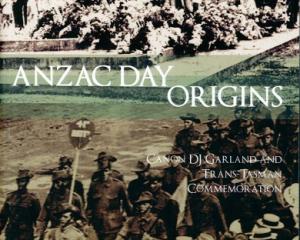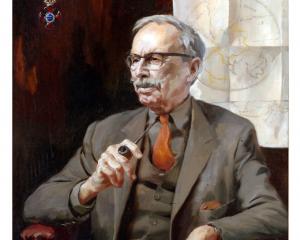
As evidenced by events in Christchurch and, most recently, areas north and south of Cook Strait, history does have a way of repeating. These areas have a long history of being shaken about and alerting us to the fact that we do indeed, live on shaky ground.
In this book, Anna Rogers gives an in-depth account of each major event in New Zealand, from European settlement through to recent activity in Christchurch.
Most New Zealanders might be surprised to learn on average the country experiences between 50 and 80 tremors each day, or about 15,000 a year, and that in the 50 years leading up to the Christchurch events the total registering over 4 on the Richter scale was more than 19,000.
Rogers begins with legends surrounding earthquakes and records the tremor felt by Captain Cook in Queen Charlotte Sound in 1769 and a number of others before leading into the first major earthquakes in New Zealand to be well-documented.
Early settlers in the upper South Island and lower North Island/Wellington regions experienced considerable activity in the years leading up to a magnitude 8 tremor in the Wellington region in 1855 that led to the formation of the Basin Reserve.
The magnitude 7.2 centred in Masterton in 1942 was felt from as far north as Auckland and as far south as Dunedin, causing widespread damage and flooding.
But, as evidenced by the September 2010 and February 2011 events in Christchurch, the lower North Island was rocked again five weeks later by a magitude 7, perhaps serving an historical note of caution over concerns with the recent magnitude 5.7 and 6.5 events centred around the Seddon district.
In her book Rogers documents tragedy and heroism, triumph and despair associated with each major event. One man walked 50km from Karamea to Westport after the 1929 event in search of help. This help took two weeks to organise and then to arrive back at the township.
Rogers has captured a priceless piece of New Zealand history, and one that serves as a timely reminder that earthquakes are not just a part of the country's past, but its future.
- Wayne Parsons is an ODT editorial and production assistant.


